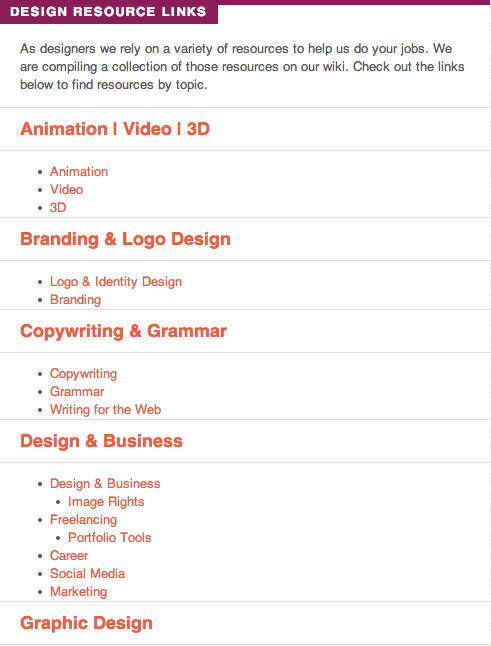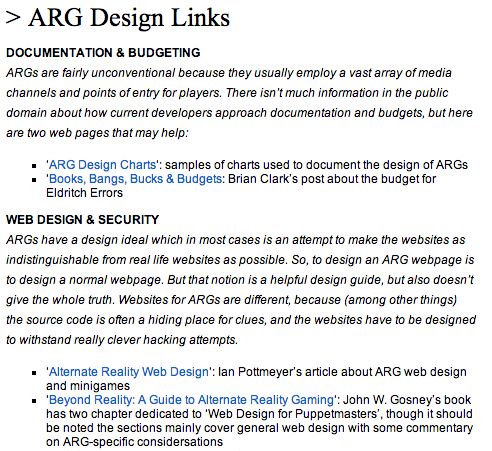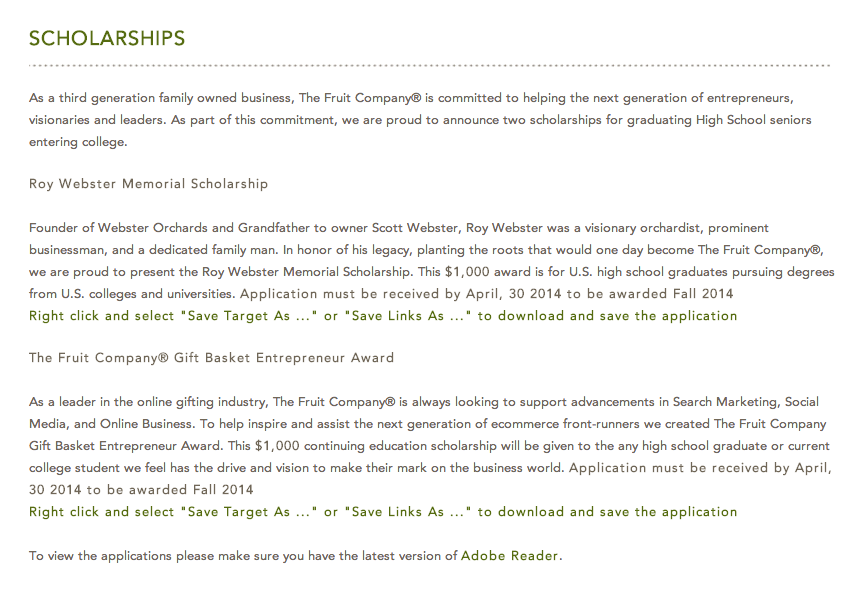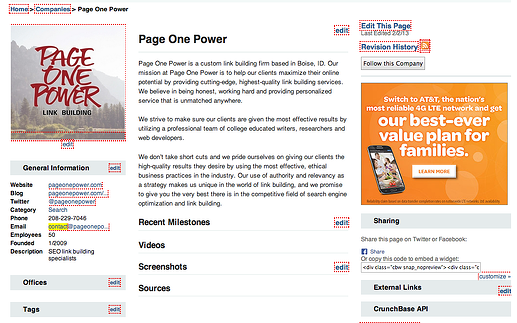Let me summarize the last 18 months of link building:
Article directories are bad. Blog comments are bad. (You need a diversified backlink portfolio.) Profile links are bad. Widget links are bad. (But build a diversified backlink portfolio.) Over-optimized links are bad. Guest posts are bad. You must build a diversified backlink portfolio.
To me, this feels a little like saying the following:
Eat a balanced diet. Oh, but don't eat dairy. And stay away from meat. No sweets or salts, either. But make sure to balance your diet.
A balanced diet of what? Vegetables? Nothing against vegetables, but you need more than those for a healthy diet.
Here's my point: if you listen to all that advice (often from the mouth of Google) you're going to build an anemic backlink portfolio. What you really need is a diversified, natural backlink portfolio that supports your site and creates customer growth (not just through rankings, but through good referral traffic as well).
That’s why I’d like to take 15 minutes (or less) of your time to talk about what I believe a diversified backlink portfolio looks like, and the reason you can build one without fearing Google penalties or algorithm updates.
First of all, I hope you'll agree with me that there are two types of links.
- Inherently bad links. Even one of them is toxic. Links on porn websites are an example, but so are other manipulative links, such as article directories.
- Not inherently bad links, but that, when done over and over again at a large scale, go from "natural" to "manipulative."
Now you might argue with me, "High quality articles on amazing sites -- like the Washington Times -- are not spammy and can never be spammy. Shouldn't you have a third category of links that are totally safe?" No, because two scenarios will play out. Either they'll be so hard to get that they can't be done en masse, or someone will figure out how to create them en masse and they'll become spammy.
To further make the point, consider blog comments. Are blog comments spammy? No. Blog comments, in a sense, are at the core of the internet. They allow people around the world to interact and discuss topics they care about. Why shouldn't there be a link to my website when I engage in that discussion? The link accomplishes two things:
- Tells people what I'm affiliated with (particularly important when I'm talking with industry shop talk).
- Tells Google that I'm active outside of my site (and shouldn’t that be a good thing, to say I’m involved around the web and not just on my own space?).
The problem isn't that these links exist; the problem arises when people create them at a larger-than-natural scale for the sole purpose of the link juice.
Notice I didn't say that the problem arises when people build these links for juice or for credit. People don't do things selflessly; get used to it. The important component is that there's more to it than that. You can build comment links in a way that enriches the internet, and you can do it at acceptable levels.
If you've accepted this, you've accepted that there are some practices we should build back into our link building tool boxes that we’ve previously 86’d.

So when we're thinking about how and what to build, I classify tactics (and thus the types of links) into two categories:
Big Winners*
&
Speciality Links*
(Please, please, don’t take these names to heart. This is just what I call them. You can just as easily call them “Staple Links” and “Creative & Supplementary Links.” Call them whatever makes the most sense to you.)
When I say "big winners" I am not talking about a tactic that garners an unnatural amount of links in a month. These are “big winners” because you can win a higher amount of natural links on this tactic in any given time period. Likewise, "specialty links" might mean links you only get in the first month (local listings) or links you get at a low volume month-after-month (blog comments).
Additionally, "big winners" are the ones that move the needle. They're gonna help me rank; they're gonna be the bulk of what I build. "Specialty links," on the other hand, hold only a little SEO value. They're more about building a balanced and natural backlink portfolio and website. Too often we SEO professionals (and link builders) have embraced our big winners and ignored our specialty links. This both build an unbalanced portfolio and leaves us vulnerable to when a tactic seemingly becomes null and void (I say seemingly because Jon is dead right that we shouldn’t stick a fork in guest posting yet).
So how do you build a campaign that gets you the right amount of big winners and speciality links? The first thing you need is a giant list of such strategies. I have a list of my own that I keep updated. I suggest building your own curated database, and would start by going through Jon Cooper’s over at Point Blank SEO.
The second thing you’ll want to do is select 2 Big Winner strategies and 4-6 Specialty Link strategies. What you select depends upon the client and website needs, but here’s an example.
Big Winners
- Resource Links; here are two examples:
These are both custom curated lists that direct designers (in this case) to legitimate resources. You can find these types of lists fairly easily, if you know where and how to look, and get anywhere between 8-10 in a regular month. Notice, however, that you need a good resource to link to (either deep pages or an entire site). If your client has a flat ecommerce site with no informational resources available, this tactic will fail.
- Scholarship Link Building; here’s an example (this company is not affiliated with Page One Power)
With this tactic, you create a scholarship page on your website like the one done above. Then you reach out to relevant schools and departments and ask them to link students to your page. Our best campaigns run four scholarships a year, updated that URL. This keeps the page fresh and keeps people engaged (and you don’t have to build to a scholarship that doesn’t close for another 10 months).
Specialty Links
I’ll give two strategies, but I really recommend using 4-6.
1. Wikipedia; here’s an example (again, this company not affiliated with Page One Power).
That little “25” links to the bottom of the Wikipedia page, where the supporting resource for that sentence exists. That external link goes to a page that talks about visual effectiveness (and promos that company’s service). Four things about this tactic:
- Always add value to the Wikipedia page (have something useful to link to -- not just a home or product page).
- These links are nofollow, but that doesn’t mean Google won’t know they are there. And you know what I know about good sites? They’re cited in Wikipedia somewhere.
- I wouldn’t get more than three of these per month, and I’d keep this tactic going for 6 months or longer. Keeping adding to Wikipedia. Keep building those citations. Let Google know that your site is a resource on those topics.
- Take time to build up the editor profile under which you’re doing edits on. If you just build links to your clients, Wikipedia will find out and will delete your account (and the links you built). This goes back to the first point: Always add value. When I began creating my username I didn’t build any links for clients; I just spent time editing pages and adding value. And I keep doing that, even as I mix in client links.
2. Niche Specific Directories; here’s an example:
Now isn’t that pretty? It shows that we care about our company. Now, admittedly, there’s more we could do here (videos and screenshots, most notably). But this is something you expect to find on the web. It does three things:
- Increases our brand presence.
- Drives some external traffic.
- Tells Google we’ve gone through the effort of establishing some outposts (‘outposts’ is a term I borrowed from Michael Hyatt to describe places on the web you don’t own or have a regular presence on, but where your brand exists. He talks about it here near the bottom of the post, point #3).
Again, this is a nofollow link. So what? Google still knows it’s there. Besides, this link isn’t the main event. It’s the toppings on top of the burger, and not the burger itself. That’s why I suggest only getting 3 or 4 of them each month.
Recap
My 15 minutes are up, so let me give you my three-point recap and we can continue the discussion below in the comments.
- We’ve unnecessarily narrowed ourselves into building only a few types of links; consequently we keep seeing the rise and fall of the “bread and butter” tactic, which is neither sustainable nor intelligent.
- The fix: embrace formerly-86’d strategies and build links that way on a small scale, while coupling with a couple ‘bigger’ strategies. The keys here are that every tactic makes the web a better place and linking is always done on a sustainable scale.
- The tactics I’ve presented are only a very few. Your options are practically limitless, so go out and be creative!




